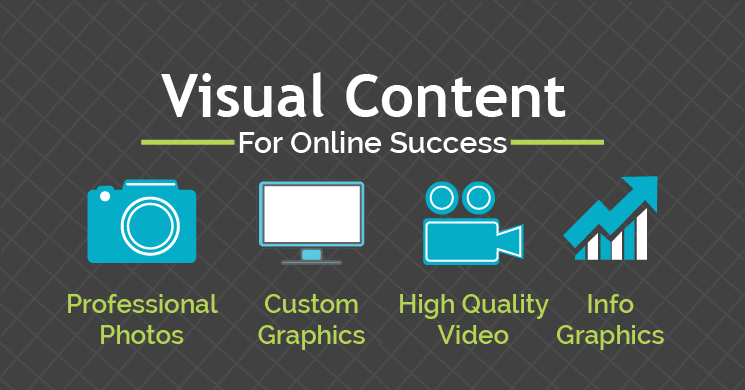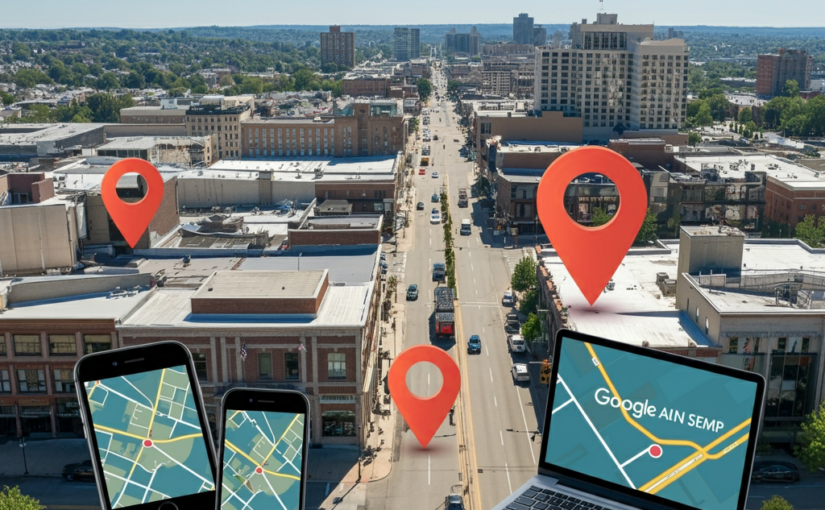The Essentials of Crafting Effective Ad Copy
In the realm of content marketing, the importance of effective ad copy cannot be overstated. Whether you’re crafting an ad for a product, service, or campaign, the way you convey your message can significantly impact your success. Here are the key elements of creating ad copy that resonates with your audience and drives action.
1. Brevity and Clarity
Convey Your Message Clearly: In advertising, especially in formats with limited space like PPC ads, every word counts. The challenge is to describe what you are offering and why it matters in as few words as possible.
- Why Brevity Matters: Online users have short attention spans, and an ad that gets straight to the point is more likely to capture attention. Brevity also helps ensure that your message is not lost or misunderstood.
Q: How can you ensure your ad copy is both brief and informative?
- A: Focus on the core benefits of your product or service. Use simple language and avoid jargon. Test different versions of your copy to see which one communicates your message most effectively in the fewest words.
2. The Importance of a Compelling Headline
Catch the Reader’s Eye: The headline is the first thing readers see, and it often determines whether they will continue reading the rest of the ad.
- Creating a Compelling Headline: A good headline should be clear, concise, and relevant to the audience’s interests. It should promise a benefit, solve a problem, or evoke curiosity. The goal is to make the reader stop and take notice.
Q: What makes a headline effective in ad copy?
- A: An effective headline is specific, offers a clear benefit, and is relevant to the audience’s needs or desires. It should immediately convey the value proposition and encourage the reader to learn more.
3. Appeal to Desires or Curiosity
Tap into Emotions and Interests: Successful ad copy resonates with the audience by appealing to their desires, needs, or curiosity.
- Emotional Connection: People are more likely to engage with an ad that speaks to their emotions, whether it’s a desire for a solution to a problem, an aspiration, or a fear.
Q: How can ad copy appeal to the reader’s desires or curiosity?
- A: Use language that speaks directly to the reader’s interests or pain points. For example, emphasize how your product can improve their life, solve a specific problem, or offer a unique benefit. Questions or statements that provoke curiosity can also encourage further engagement.
4. Differentiation and Value Proposition
Highlight What Sets You Apart: With many competitors likely offering similar products or services, your ad copy needs to highlight what makes your offering unique.
- Value Proposition: Clearly communicate what makes your product or service better or different from others. This could be unique features, better pricing, superior quality, or exceptional customer service.
Q: Why is it crucial to differentiate your offering in ad copy?
- A: Differentiation helps potential customers understand why they should choose your business over others. A clear value proposition addresses their specific needs and convinces them that your offering is the best solution.
5. Call to Action (CTA)
Guide the Reader’s Next Steps: An effective ad copy ends with a strong call to action that guides the reader toward the desired action, whether it’s making a purchase, signing up for a newsletter, or clicking through to a landing page.
- Creating an Effective CTA: The CTA should be clear, compelling, and aligned with the overall goal of the ad. It should also create a sense of urgency or importance, encouraging immediate action.
Q: What makes a call to action effective?
- A: A good CTA is action-oriented and uses clear, direct language. Phrases like “Sign up now,” “Get started today,” or “Discover more” are effective because they tell the reader exactly what to do next. Adding urgency, such as “Limited time offer,” can also prompt quicker responses.
Conclusion
Crafting effective ad copy is a blend of art and science. It requires understanding your audience, being concise, creating a compelling message, and guiding the reader toward a desired action. By focusing on these key elements—brevity, a strong headline, emotional appeal, differentiation, and a clear call to action—you can create ads that not only attract attention but also drive results. Remember, the ultimate goal of ad copy is to communicate your message effectively and persuade the reader to take action, whether that’s making a purchase, signing up, or simply clicking through to learn more.




